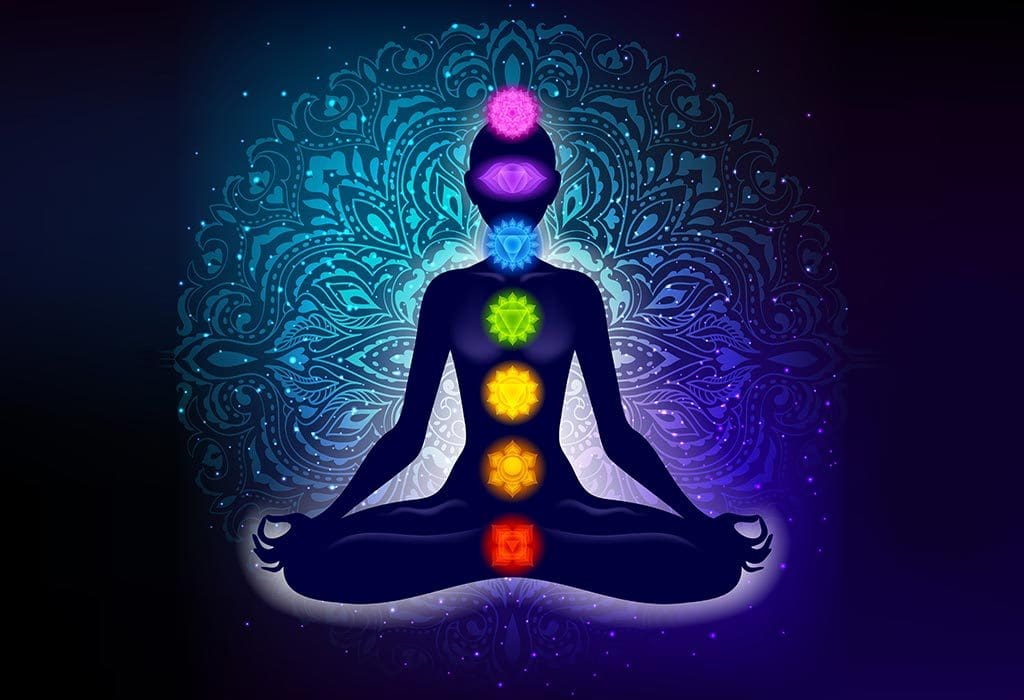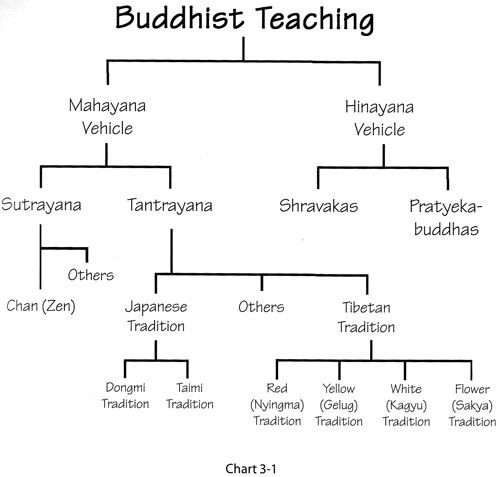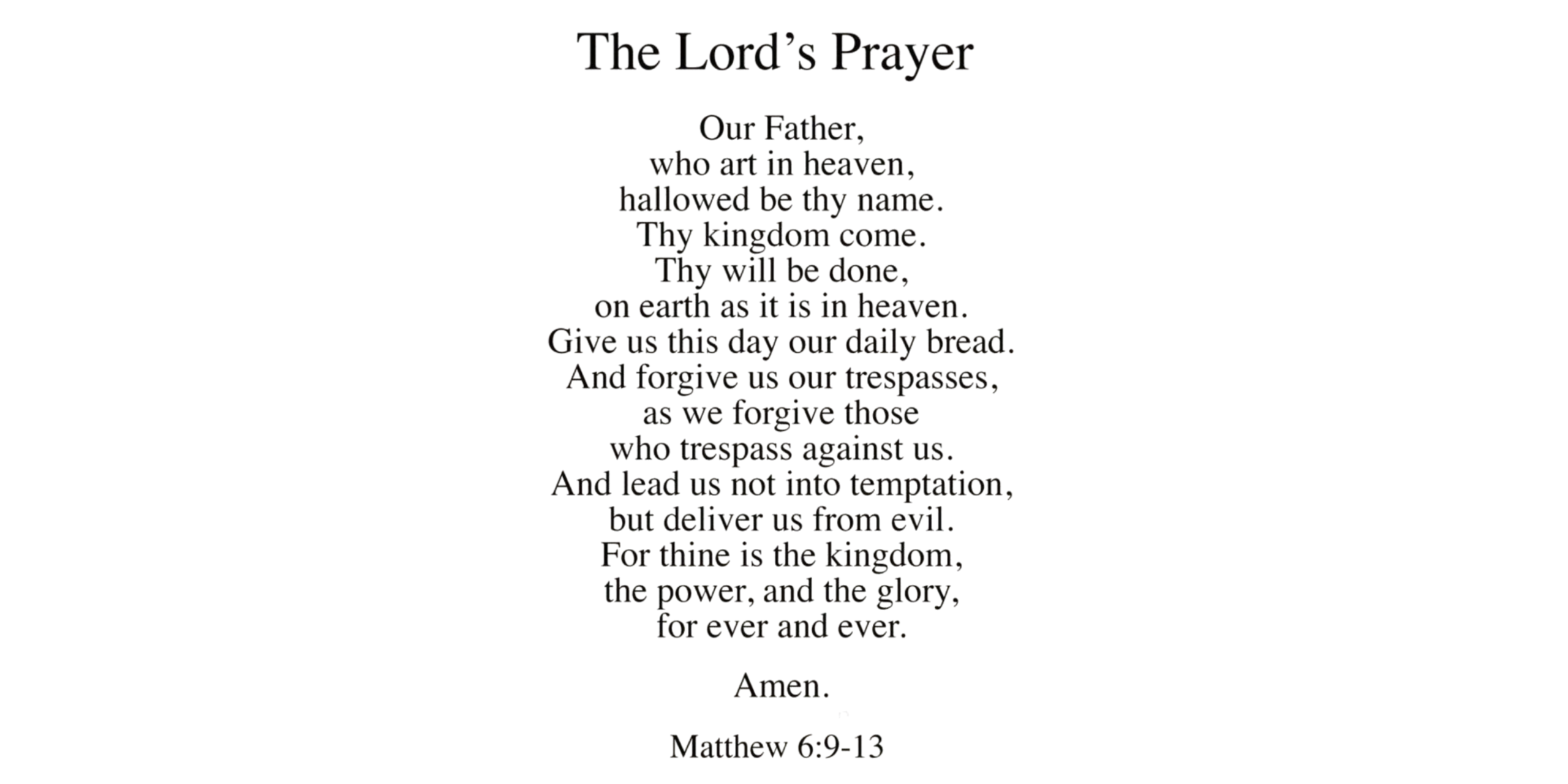Reiki has quietly found its way into the hearts of many who seek balance and well-being. At Masi Wellness, we believe that the journey toward spiritual and holistic healing is unique for every individual. In this blog post, we’ll explore what Reiki is, dive into the details of Reiki attunements, and share insights on how these practices might gently help bring harmony to your life.
Understanding Reiki
Reiki (pronounced ray-key) is a Japanese energy healing technique that helps restore balance in the body, mind, and spirit. The word itself breaks down into two parts:
- Rei = Universal, spiritual wisdom
- Ki = Life force energy (similar to chi or prana)
Reiki is about relaxation, stress relief, and stimulating the body’s natural healing processes. It’s a gentle approach that doesn’t rely on external medications or invasive procedures. Instead, practitioners use light touch or sometimes no touch at all to channel energy into the person’s body. This energy flow is believed to help dissolve blockages that may be holding the body back from healing naturally.
This practice differs from many other forms of wellness work because it doesn’t require you to adopt any complex beliefs. Reiki is accessible and simple. It is like tuning a musical instrument – when the strings are tuned correctly, the music flows beautifully. Your body, when aligned with positive energy, can function more harmoniously.
What Are Reiki Attunements?
Reiki attunements are at the core of Reiki training. They are not spells or rituals in the typical sense, but rather a process that opens up the channels of energy within you. Through an attunement, a Reiki master is believed to pass on the ability to channel healing energy. This process helps activate and enhance your natural healing abilities.
An attunement can feel like a gentle burst of energy that jumps through your system, awakening parts of you that may have felt dormant or blocked. It’s not uncommon for recipients to describe it as a light, warm sensation or even a deep internal shift that comes on suddenly. The process is often described as deeply transformative, though it remains a very personal experience.
Here are a few key points about Reiki attunements:
- Connection to the Universal Energy: The attunement helps you get in touch with the universal life force energy, making it easier to access and channel this healing power.
- Personal Growth: While healing is a significant benefit, many also note that attunements can lead to a deeper understanding of themselves and their personal energy.
- Energetic Reset: For some, an attunement works like a reset button, clearing away negative energies accumulated through stress or life’s everyday challenges.
The effects of an attunement might not always be immediately evident. Sometimes, the full benefits unfold gradually as you continue to practice Reiki. And often, practicing Reiki on yourself between sessions can support this evolution, creating a more natural, sustained flow of energy.
How Does a Reiki Session Work?
If you’re curious about what happens during a Reiki session, you’re in good company. Many seekers have walked this path in search of better physical, emotional, and mental balance. A typical session might last anywhere from 45 minutes to an hour, giving ample time for the body to absorb the healing energy.
The Setting:
Most Reiki sessions occur in a quiet, comfortable environment. The room is usually set up to encourage relaxation, with soft lighting, perhaps some gentle music, or the subtle aroma of essential oils. This calm atmosphere isn’t just about aesthetics; it plays a crucial role in easing the mind and body, making it easier to receive and process the energy flow.
The Process:
The session often begins with the practitioner explaining the process, answering any questions, and setting a positive, clear intention. Once you’re both aligned, you’ll likely lie down on a comfortable table or remain seated, depending on your preference and the practitioner’s method. The practitioner then places their hands lightly on or near different parts of your body – from your head down to your feet.
During this phase, you might feel warmth, tingling, or even a sense of deep relaxation. The sensations vary from person to person. Some might experience the feeling of water flowing or a subtle vibration. This physical feedback is simply an indication that energy is moving where it is needed.
After the Session:
After a session, it’s common to feel peaceful, as if a gentle burden has been lifted. There might be residual feelings of calm that last well into the rest of the day. Many find that over time and with regular sessions, their overall sense of well-being improves along with enhanced clarity, reduced stress, and a more positive outlook.
It’s important to remember that while Reiki can support physical, emotional, and mental relaxation, it’s not a replacement for medical or psychological treatment. It is an additional supportive tool, much like mindfulness or meditation.
Do You Need Multiple Attunements?
Yes – if you want to progress through Reiki’s levels:
- Level 1 (Shoden) – You learn self-healing and the basics of hands-on Reiki.
- Level 2 (Okuden) – You receive symbols for distance healing and emotional work.
- Master Level (Shinpiden) – Deepens your connection, prepares you to teach.
Each level requires its own attunement. You don’t have to go all the way to Master – many stop at Level 2 and still benefit greatly.
The Science Behind Reiki: Energy Work and Healing
There’s something both intriguing and comforting about the idea that energy flows through us. Modern science is still uncovering many mysteries, and while Reiki doesn’t fit neatly into conventional scientific paradigms, many people have reported its benefits. Scientific research on energy healing is an evolving field, and studies are being conducted to understand this phenomenon better.
What makes Reiki particularly fascinating is the emphasis on holistic healing. Rather than isolating physical symptoms, Reiki looks at the broader picture. This approach aligns with a growing interest in complementary therapies that emphasize the connection between mind and body.
Consider these points when thinking about the science of Reiki:
- Holistic Perspective: Reiki addresses the entire person, not just isolated symptoms. This holistic view is what appeals to many who feel that conventional treatments sometimes overlook the emotional or spiritual aspects of healing.
- Placebo Effect and Beyond: Some critics point out that the benefits of Reiki may stem partly from a placebo effect. Yet, numerous testimonials and experiences suggest that there’s more at play than just psychological reassurance.
- Growing Research: Universities and research centers around the globe are slowly opening up to the study of energy fields and their impact on healing. While the science is still catching up, anecdotal evidence and preliminary studies lend an encouraging perspective to Reiki’s therapeutic potential.
The blend of experiential and scientific insights makes Reiki a compelling subject. When you combine ancient practices with modern curiosity about the nature of energy, it creates a rich dialogue between old wisdom and contemporary inquiry.
Is Reiki Right for You?
If you’re drawn to energy work, self-healing, or just want a deeper sense of peace, Reiki could be a beautiful addition to your life. And attunements? They’re the key that unlocks the door.
You don’t have to become a full-time healer to benefit. Even Level 1 can give you tools for stress relief, better sleep, and emotional balance.
Integrating Reiki into Your Daily Routine
If you’re wondering how to integrate Reiki into your daily life, remember that it doesn’t have to be a grand event. Many people integrate small, consistent practices that add up to significant benefits over time. Here are a few ideas:
- Morning Meditation:
Begin your day by spending five to ten minutes in quiet reflection, focusing on your breath, and setting a positive intention. This simple practice can set a peaceful tone for the entire day. - Self-Reiki Practices:
After receiving an attunement, many practitioners like to incorporate self-Reiki into their routine. You might choose to spend a few minutes each day placing your hands gently on different areas of your body, focusing on the flow of energy. - Mindful Breathing:
When you feel overwhelmed or stressed, take a moment to focus on your breathing. Deep, slow breaths can help channel your energy back to a calm state, much like gently nudging a winding path back into alignment.
Integrating Reiki doesn’t require a drastic change in your life. Instead, it can be as simple as creating small spaces of calm in your everyday routine. In doing so, you honor the process of healing and provide yourself with a reliable pathway back to balance.
As you explore Reiki, allow yourself to stay curious. There’s beauty in the unknown – a gentle reminder that sometimes the most profound changes come through quiet transformation. Whether you’re seeking relief from everyday stress or a deeper understanding of your energy, Reiki offers a warm and inviting space to explore your personal healing journey.
If you feel a calling to explore the world of Reiki, understanding the significance of attunements is a crucial first step. It’s the key that unlocks your ability to channel this beautiful healing energy.
At Masi Wellness, we believe in providing a supportive and nurturing environment for your spiritual and wellness journey. If you’re interested in learning more about Reiki and receiving your own attunement, we encourage you to explore the resources available on our website and connect with qualified Reiki Masters.







